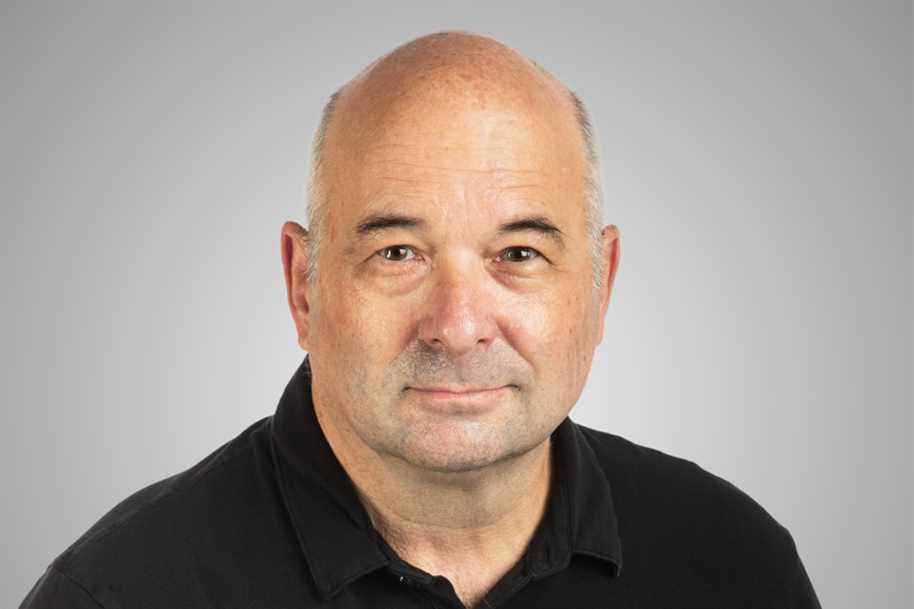We have the right to wonder when the Prime Minister, from his seat in the National Assembly, affirms that “there is no question of our government putting a penny from the taxpayers” in the plan to return major league baseball to Montreal despite the fact that it has appointed two ministers responsible for the return of sports franchises in Quebec.
And not the least. Members of his close guard: Eric Girard (Finances) for the Nordics and Pierre Fitzgibbon (Economy) for the Expos.
A baseball team or a Formula 1 Grand Prix, it’s part of the fabric of a city and its identity. Like a symphony orchestra, a contemporary art museum, a jazz festival or a large park.
Governments all over the world subsidize – sometimes very generously – such events or institutions. And there are, of course, big lobbies pushing very hard for such projects.
For example, it has now become unthinkable not to subsidize the Formula 1 Grand Prix, as the lobby of hoteliers and restaurateurs is so active. The three governments (Ottawa, Quebec and Montreal) have therefore recently paid almost $ 100 million to guarantee the Grand Prix for three more years, until 2029.
The baseball lobby is much less powerful, especially that its main support, the former mayor Denis Coderre, is no longer in the landscape. But it still exists. The fact remains that, if only for prestige, it would not be bad if Montreal, the eighth city in North America (sixth if we exclude Mexico City and Havana) return to the major leagues.
But no need to discuss in theory, you have to look at the project as it is. And this is where it spoils.
First, there’s this weird concept of shared custody where the team would play in April, May, and June in Tampa and July, August, and September in Montreal. With the current owner who would keep the majority of the shares, which is not a detail under the circumstances.

PHOTO JULIO CORTEZ, ARCHIVES ASSOCIATED PRESS
Tampa Bay Rays players in a game last May
It poses sporting problems. Will athletes – who are almost all in their 20s or 30s – want to live part-time in two cities with the family issues that can cause? Not sure that this will be accepted in the negotiation of the new collective agreement.
And what would the Montrealers’ attachment be to this half-team? Imagine that the Rays-Expos have a start to the season like that of the Canadian and that they arrive in Montreal in July already eliminated from the championship. How do you think the tickets will be sold?
In addition, a generation has passed since the departure of the Expos. Is there still a market for baseball in Montreal? We will have to start all over again, especially with young sports fans who have gone elsewhere and who have no memory of the Expos, except perhaps a long agony in an empty Olympic Stadium.
We will say that it is the business of the promoters of the project. But if there are public funds, directly or indirectly, it will become everyone’s problem.

PHOTO MARTIN TREMBLAY, PRESS ARCHIVES
Peel Basin, in Montreal, near which the Devimco company and the Claridge group wish to build a baseball stadium and several other buildings.
Then there is the issue of the Peel Basin. The last major land still to be developed in downtown Montreal. The Devimco real estate company and Stephen Bronfman’s Claridge group have acquired several lots in this area and are eyeing those belonging to the federal government and those housing Loto-Quebec administrative centers.
Building a stadium is often seen as a way to revitalize a neighborhood. We saw it in southwest Washington when the Expos moved there. But that essentially translates into a forest of condo towers and service shops. A revitalization that mainly benefited promoters and developers.
Which begs the question: is the best way to develop the Peel Basin such a stadium-condo combination?
In addition, one scenario cannot be excluded: it is that the owner of the Rays – who would still have the majority of the shares -, after a few years, decides that the experience of shared custody is not conclusive and repatriates his club. in Tampa or elsewhere.
Montreal developers would lose almost nothing and keep their lucrative buildings. Thanks to baseball, they would have made a remarkable real estate pass …
Before ceding the lands of Peel Basin, it is necessary to ensure that a baseball stadium and a series of high-rise buildings form a model of sustainable development for the southwest entrance to downtown Montreal and the last important land which remains to be developed there.
In particular, a new public consultation must take place by the authorities of the City of Montreal, and the Plante administration must clearly state its vision for the development of this sector.
Because the last thing Montreal needs is a new Griffintown with an unoccupied stadium in the middle.
